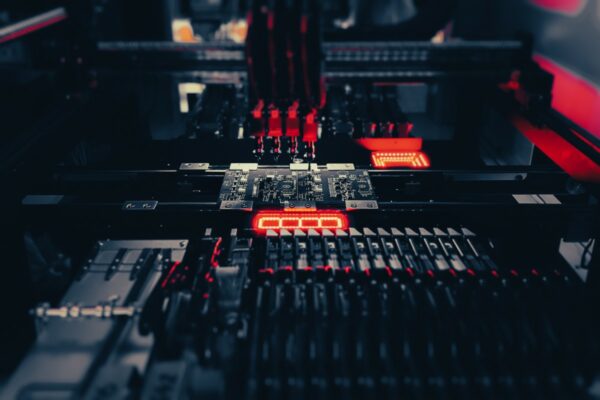What is Bottom SMD Pad
Bottom SMD pads are the conductive leads or pads located on the underside of a SMD component, typically an IC. These pads are specifically designed for installation on a circuit board that has been planned and designed to have corresponding pads for soldered installation of the component. The bottom SMD pads are rectangular or square in shape and are usually silver-colored. They are visible when the IC component is turned over. On the PCB, there will be gold-colored pads of the same size and shape as the terminal on the bottom of the IC chip. These pads are gold-plated.
Unlike through-hole components that have leads passing through the PCB, SMD components, including those with bottom SMD pads, are typically not hand-soldered. Instead, solder paste is applied to the pads on the PCB, and a robotic assembly system places the components onto the tacky paste. The assembly is then subjected to a reflow process, where the solder paste melts and solidifies, creating a reliable electrical connection between the component and the PCB.
The presence of bottom SMD pads is particularly important for components that belong to a group called bottom-terminated components (BTCs). These components may also have traditional conductive leads, such as gullwing-type leads, in addition to the bottom terminal. Some BTC ICs, like QFN packages (quad flatpack no-leads), may have no leads at all.
When soldering to a pad that serves as a ground connection, it is crucial to consider heat dissipation. The ground pad on the bottom of the component can help dissipate heat more effectively than relying solely on hot air applied from the topside. Additionally, there may be via holes that go through the PCB to the back, which can wick away molten solder paste intended for the component. Therefore, when soldering bottom SMD pads, caution must be exercised to heat the PCB from the back without prematurely melting the solder paste.





